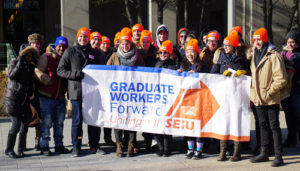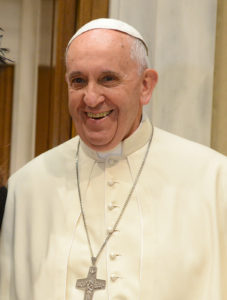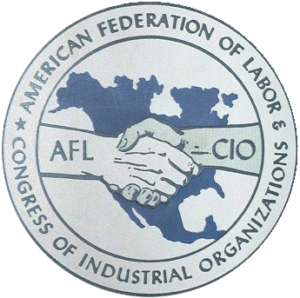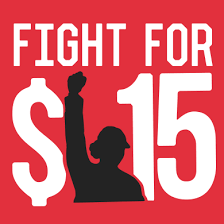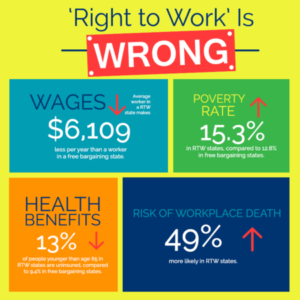Working Catholic: Stop Trafficking
by Bill Droel
Our office of county sheriff has an animal welfare unit. It received a tip about dog fighting as promoted by a small betting ring. The police rescued nearly all of the animals. Sheriff Tom Dart then held a press conference, warning the public about this illegal activity. The department’s website was immediately flooded with praise from rightly appalled animal lovers and responsible citizens.
Later that week the department got a tip about a motel where prostitution was suspected. The police went there and caught several people. Again, Dart held a press conference. This time the website received only a few reactions, most of which were against the police. This is a matter of free will between consenting adults, people told the police.
“No it isn’t,” Dart explained at a meeting on “Human Trafficking and Sexual Exploitation,” held at Sacred Heart Church in Palos Hills, Illinois. First, “one of the girls was 14, another 15.” Second, it is “not consensual.” Girls and women are systematically lured into prostitution with psychological and physical coercion, Dart said.
The contrast between the reactions to the two police raids says to Dart that, in a sense, “society allows trafficking.” The public, Dart continued, has to be more aware that trafficking “is wrong.” It is not confined to Thailand. It can gain hold within a local high school, it can grow within a nearby mall and it is routinely facilitated through the internet.
The two-year old Sacred Heart Domestic Violence Outreach committee sponsored the January 2017 meeting with the sheriff. (As an aside, one of the young committee leaders happens to have the same unusual last name as your blogger: Elizabeth Droel.) The anti-trafficking movement will likely spread because representatives from a half-dozen nearby churches joined Sacred Heart parishioners for this January 2017 meeting.
The challenge is difficult and because of the internet it has become more so. In particular Dart faulted Craig’s List (which recently changed its policies) and Backpage (which has not). Dart also admitted that with happy exceptions the legal system can further demean girls and women. And, as Dart sadly learned, not all so-called safe houses are perfectly safe. He did, however, express approval for one recovery house not far from Sacred Heart.
Dart thinks “it is ridiculous” for responsible parents to accede when children assert a so-called right to privacy about their use of the internet. All children deserve wise care from good parents, he concluded.
The Sacred Heart committee distributed a prayer to St. Josephine Bakhita, FDCC (1869-1947). She was abducted into slavery and toiled in rich people’s homes until, with help from women religious and others, she escaped in Italy. “O St. Josephine, assist all those who are trapped [and] help all survivors find healing. Those whom people enslave, let God set free… We ask for your prayer through Christ, our Lord. Amen.”
Next month this blog will report on an anti-trafficking awareness campaign among hotel workers, spearheaded by women religious.
Droel edits INITIATIVES (PO Box 291102, Chicago, IL 60629), a free newsletter on faith and work.

